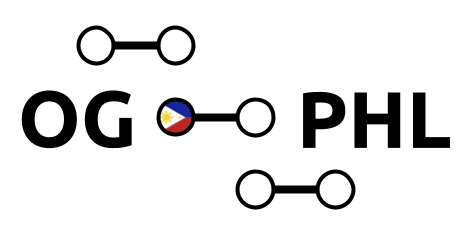Life-cycle productivity profiles#
income.py modules
ogphl.income#
- ogphl.income.get_e_interp(E, S, J, lambdas, age_wgts, gini_to_match=40.7, plot=False)[source]#
This function takes the calibrated lifetime earnings profiles (abilities, e matrix) from OG-USA and then adjusts the shape of those profiles to match the Gini coefficient for another economy. The Gini coefficient to match is given in the argument gini_to_match. Note that the calibrated OG-USA e matrix is of size (80, 10), where 80 is the number of ages and 10 is the number of ability types. Users of this function specify their own number of age groups (S) and ability types (J). The function will map the fitted functions into these dimensions so long as the percentiles of the ability types given in lambdas is not more refined at the top end than those in OG-USA (which identifies up to the top 0.1%).
- Parameters:
E (int) – the age agents become economically active
S (int) – number of ages to interpolate. This method assumes that ages are evenly spaced between the beginning of age E up to E+S, >= 3
J (int) – number of ability types to interpolate
lambdas (Numpy array) – distribution of population in each ability group, length J
age_wgts (Numpy array) – distribution of population in each age group, length S
gini_to_match (float) – Gini coefficient to match, default is 40.7, the Gini coefficient for PHL in 2023 https://data.worldbank.org/indicator/SI.POV.GINI
plot (bool) – if True, creates plots of emat_orig and the new interpolated emat_new
- Returns:
- interpolated ability matrix scaled
so that population-weighted average is 1, size SxJ
- Return type:
emat_new_scaled (Numpy array)
